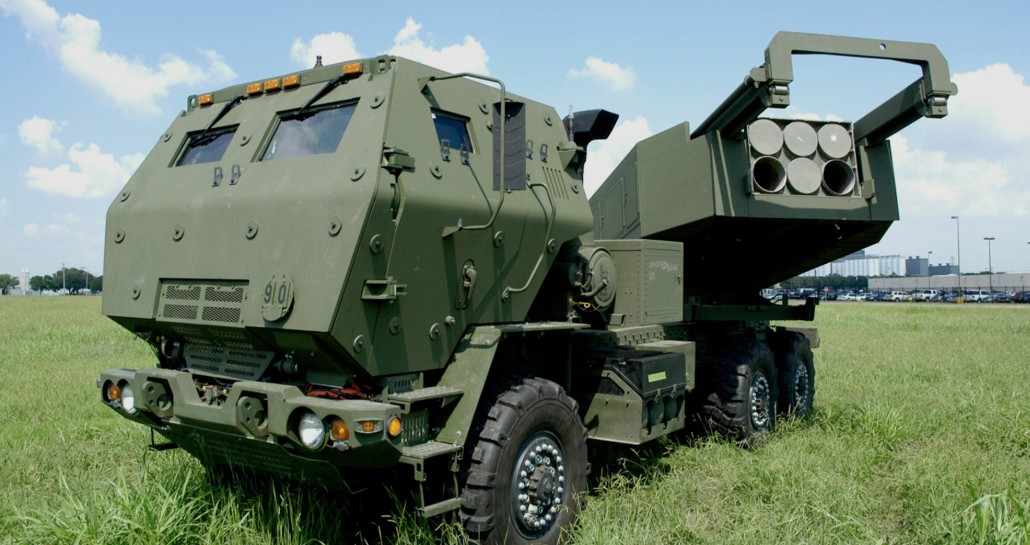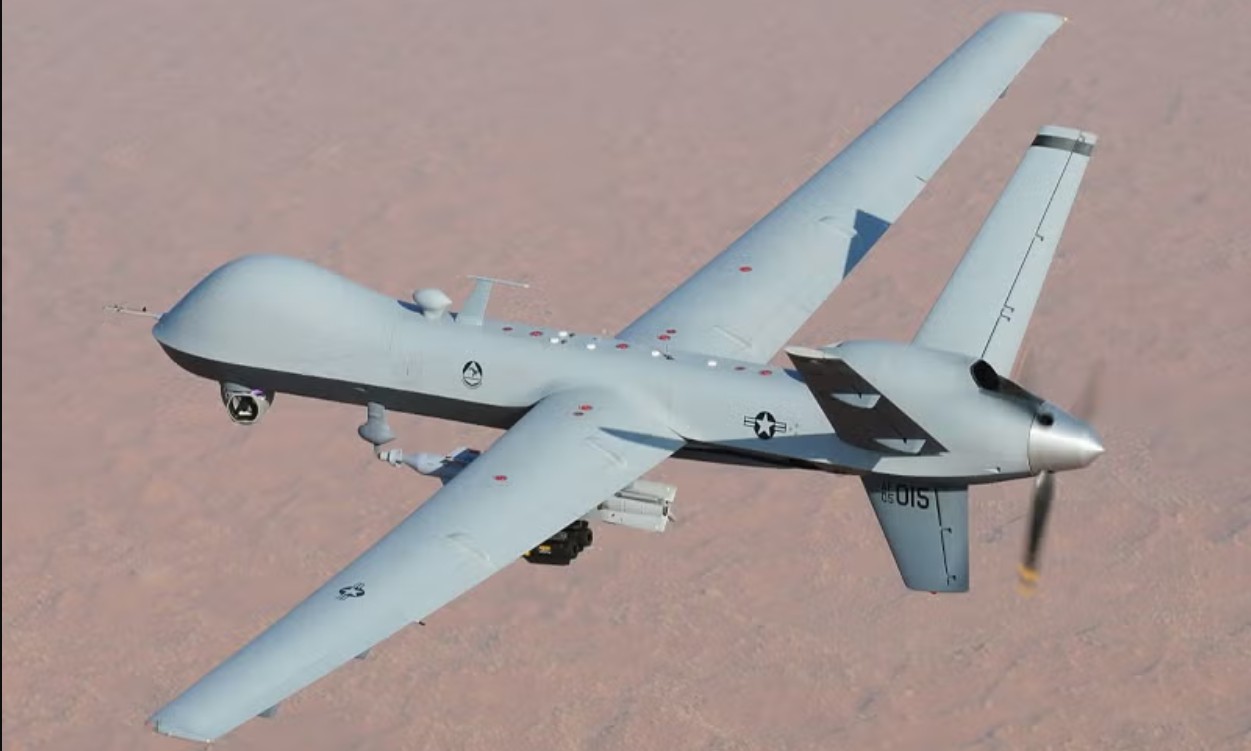The Evolution of Military Fabrics
The journey of army uniforms has been significant, evolving from rough woolen garments of old to high-tech, functional apparel designed to meet the rigorous demands of modern warfare. This evolution highlights significant changes in fabric technology and garment design, allowing for better performance and protection of military personnel in diverse environments.
Innovative Fabric Technologies
Today’s military uniforms are often crafted from advanced fabrics that provide durability, flexibility, and enhanced protective features. Here are some of the most prominent materials used:
- Ripstop Fabric: A blend of synthetic fibers like nylon or polyester, providing tear-resistance and durability suitable for tough environments.
- Nomex: Known for its fire-resistant properties, Nomex is used in combat uniforms for greater safety against blasts and fire.
- GORE-TEX: This waterproof and breathable material is resistant to extreme weather, keeping soldiers dry and comfortable.
Adaptive Camouflage and Pattern Engineering
Apart from the materials themselves, the patterns printed on military uniforms play a crucial role in combat effectiveness.
- MultiCam: Used by various military organizations, its complex camo pattern allows for versatility across a wide range of environments, effectively blending soldiers into their surroundings.
- Operational Camouflage Pattern (OCP): Similar in versatility to MultiCam, OCP is standard in U.S. Army combat uniforms, designed to enhance concealment capabilities.
High-Performance Materials for Specific Conditions
Military operations often require more specialized uniform materials.
- Cordura: Known for its extreme durability and resistance to abrasions, Cordura fabric is ideal for gear that undergoes heavy physical stress.
- Kevlar: Used in bulletproof vests, this material provides critical protection against ballistic threats.
Sustainability and Environmental Considerations
With growing concerns about environmental impact, militaries worldwide are exploring more sustainable materials.
- Recycled Polyester: Initiatives to incorporate recycled plastics into uniform production help reduce waste and promote sustainability.
- Biodegradable Fabrics: Experimental textiles aim to minimize environmental footprint without compromising performance.
Spec Table of Common Materials
The following table outlines the specifications of some of the materials discussed:
| Material | Key Property | Common Usage |
|---|---|---|
| Ripstop | High tear resistance | Pants, jackets |
| Nomex | Fire resistance | Flight suits, combat uniforms |
| GORE-TEX | Waterproof & breathability | Outerwear, boots |
| Kevlar | Ballistic protection | Body armor, helmets |
| Cordura | Durability & abrasion resistance | Backpacks, vests |
Conclusion on Material Advancements
The development of military fabrics is a testament to the ongoing innovation in garment technology, ensuring soldiers are equipped with uniforms that provide optimal performance, protection, and adaptability in their respective operational environments. As technology progresses, so too will the materials used, reflecting the changing needs and challenges faced by military organizations worldwide.









